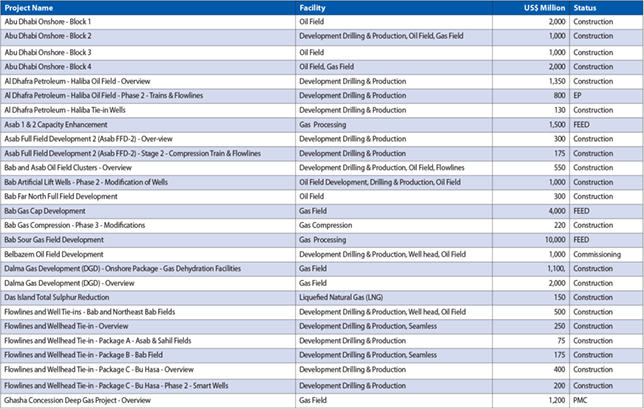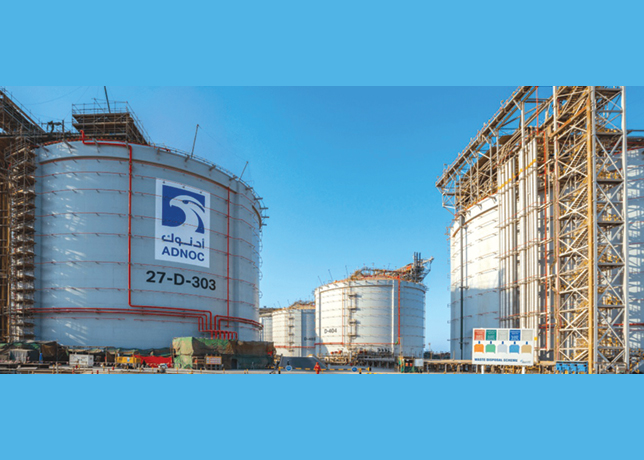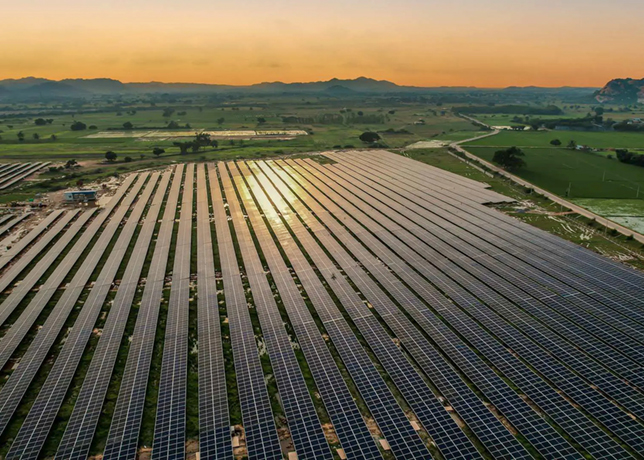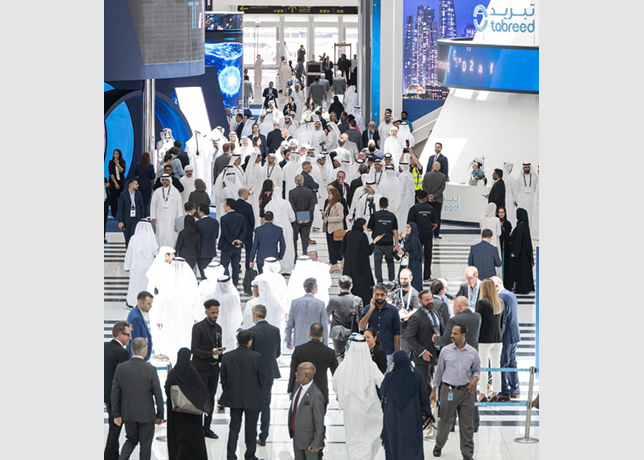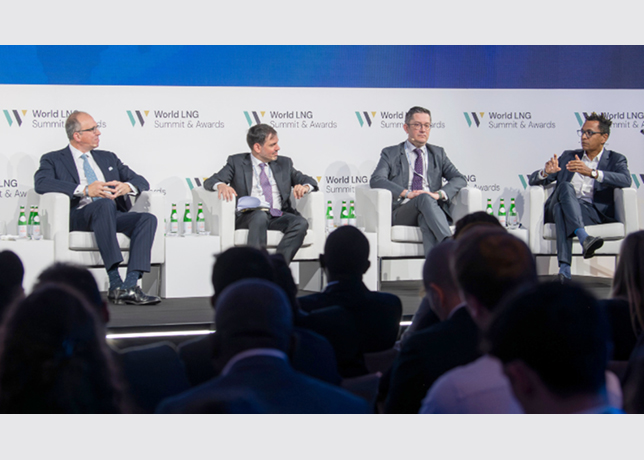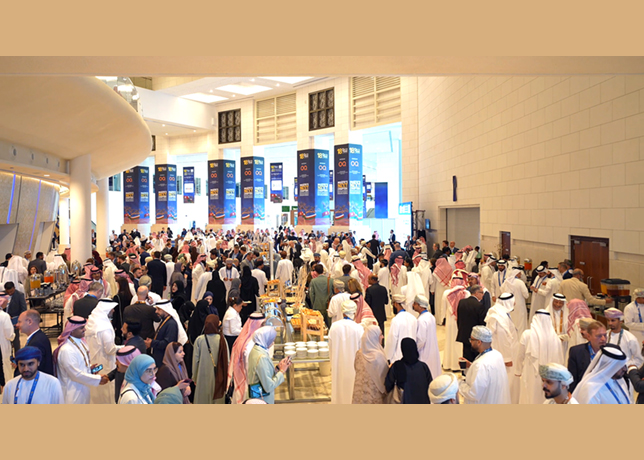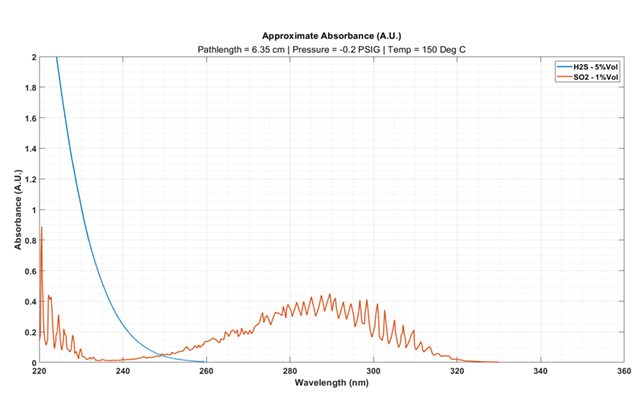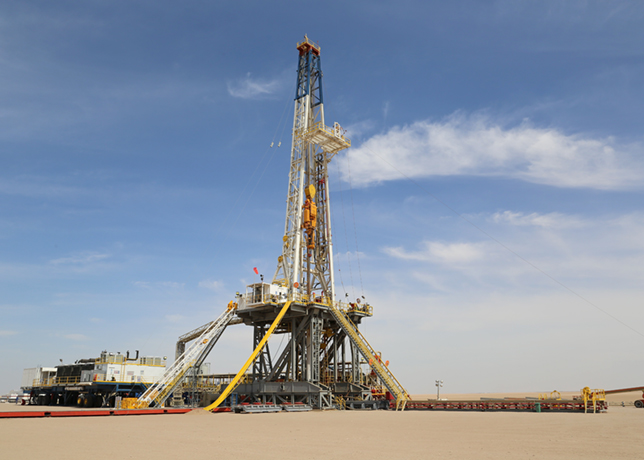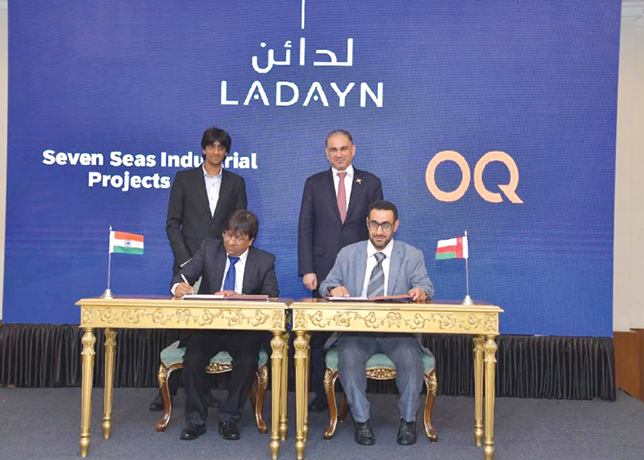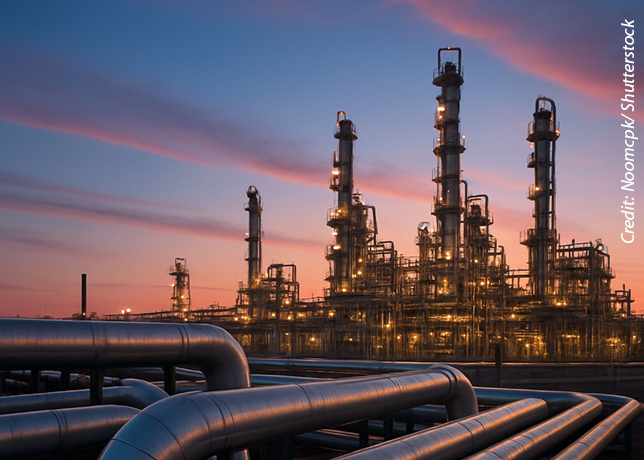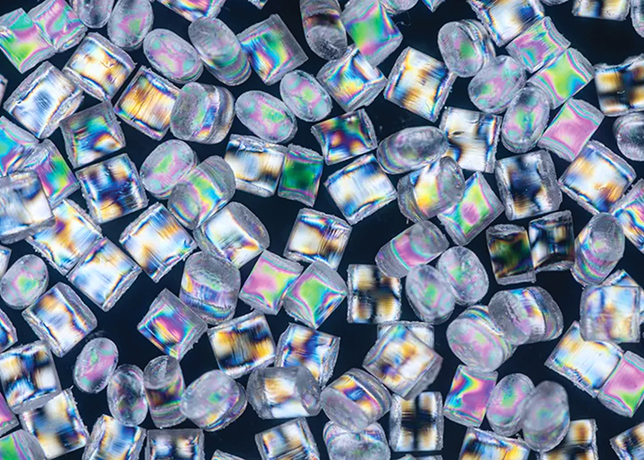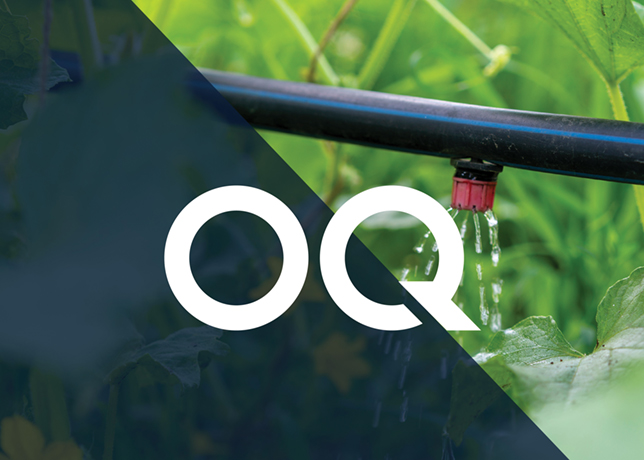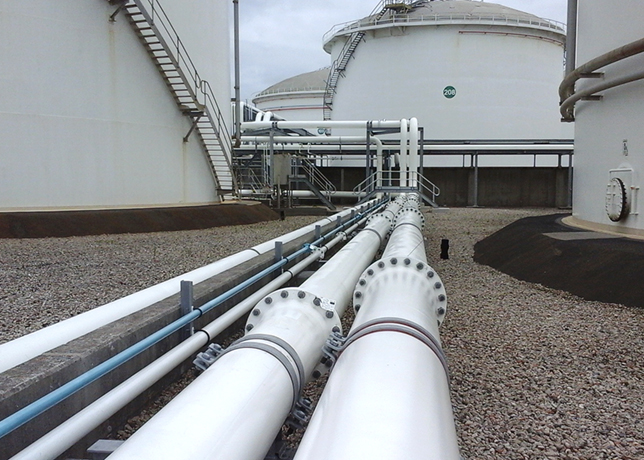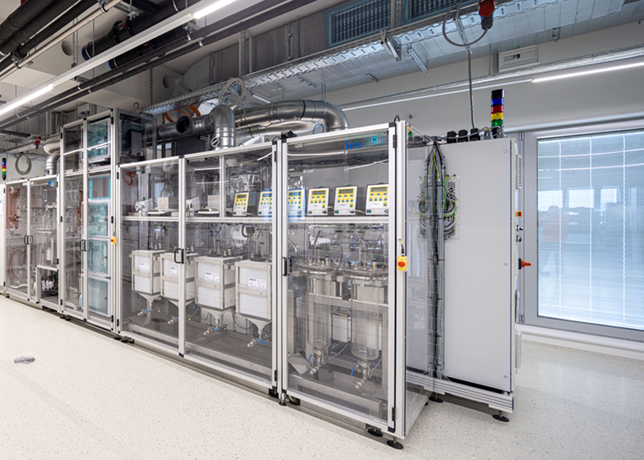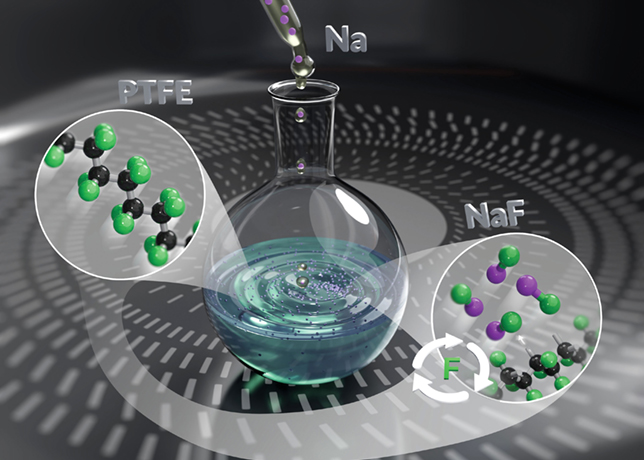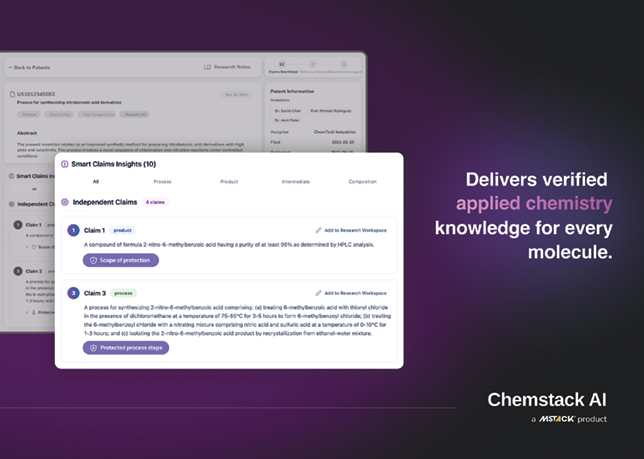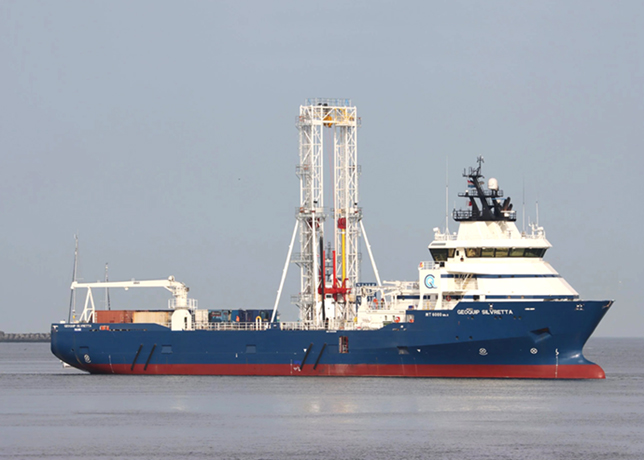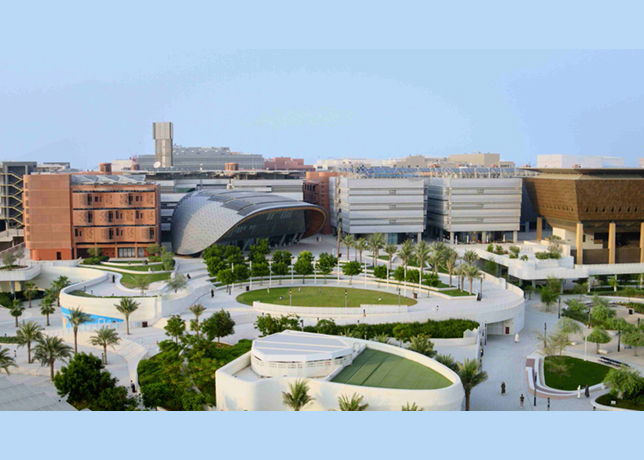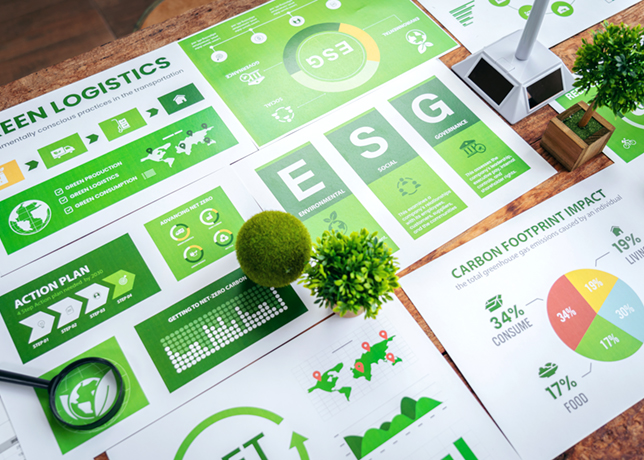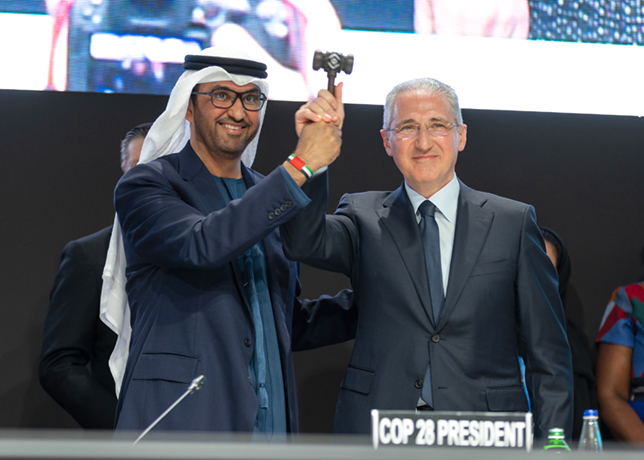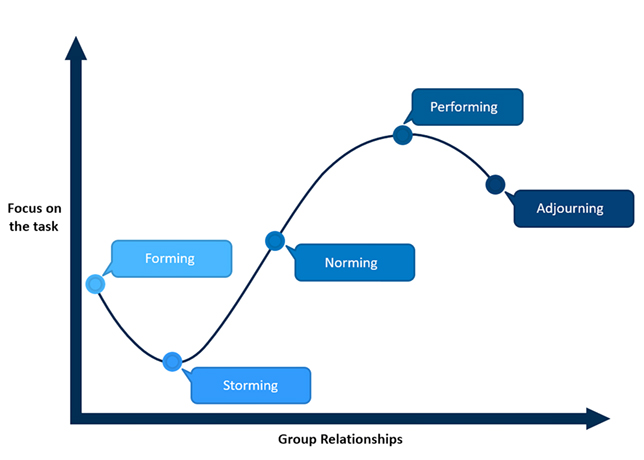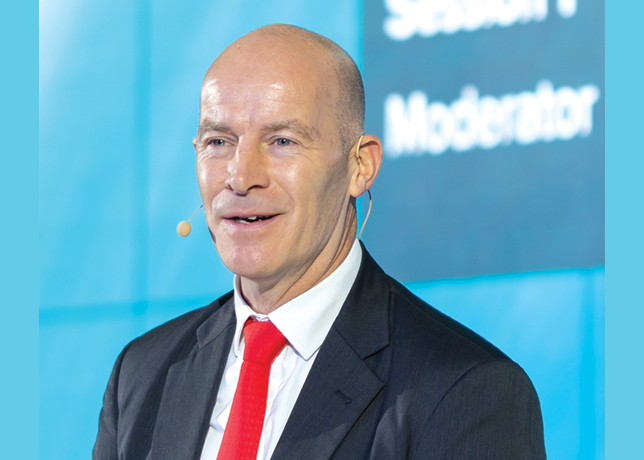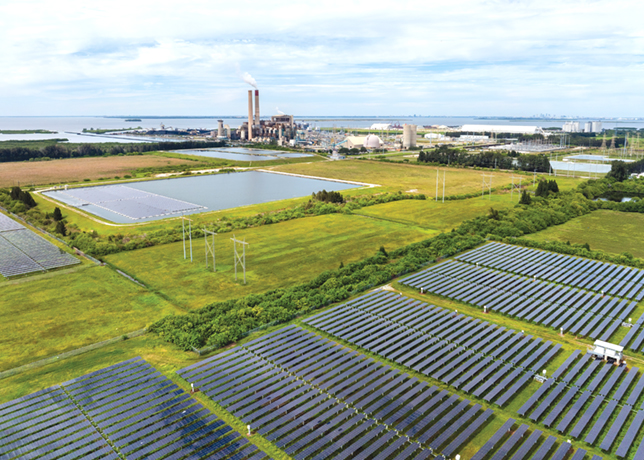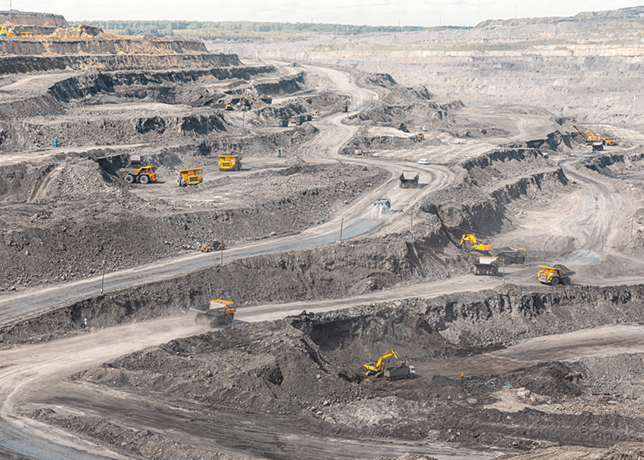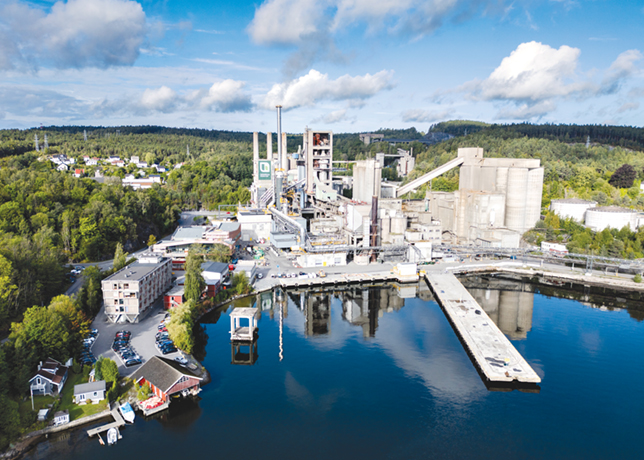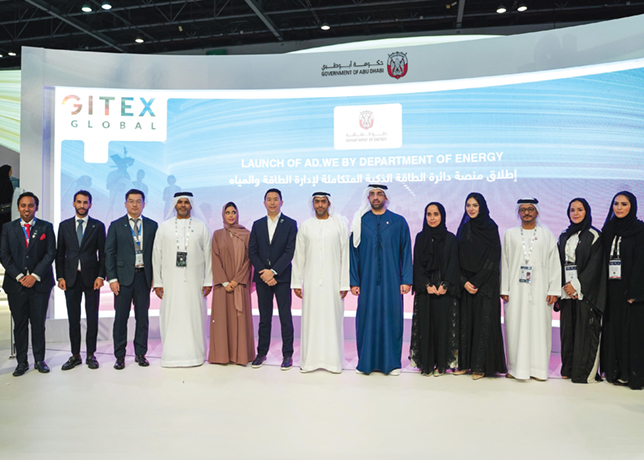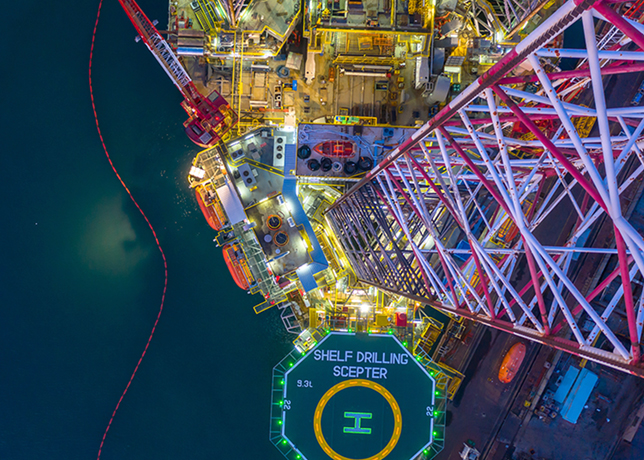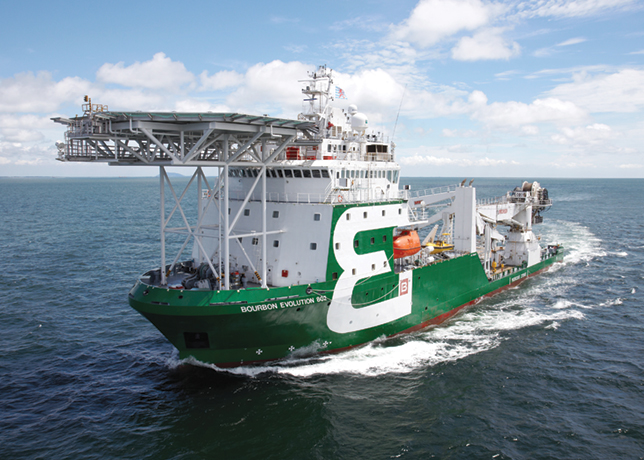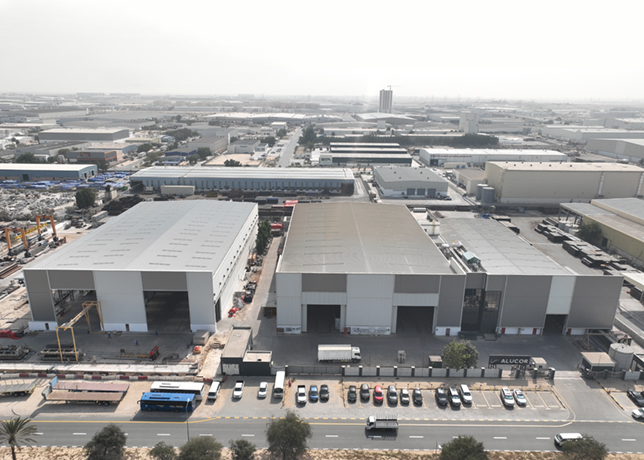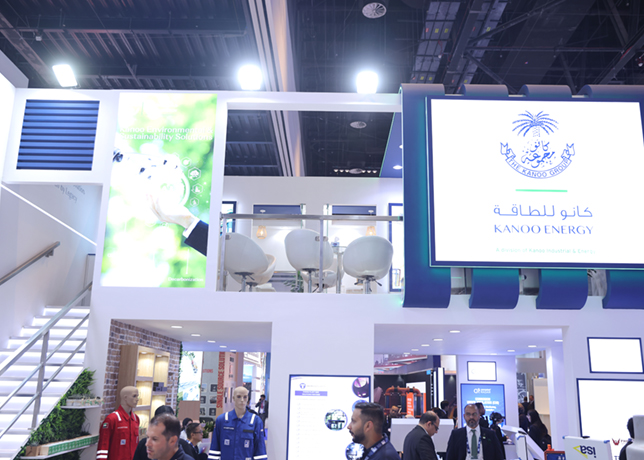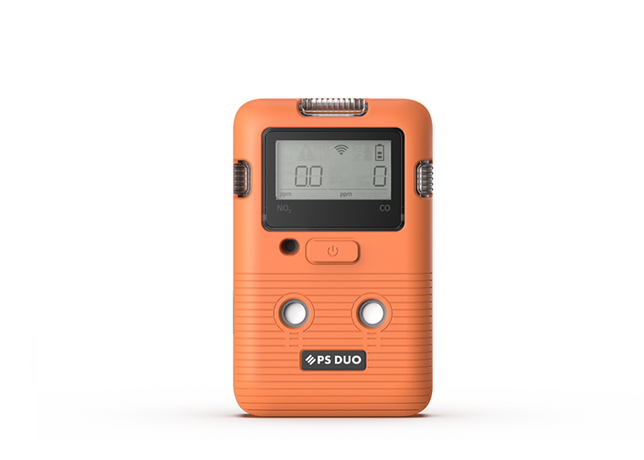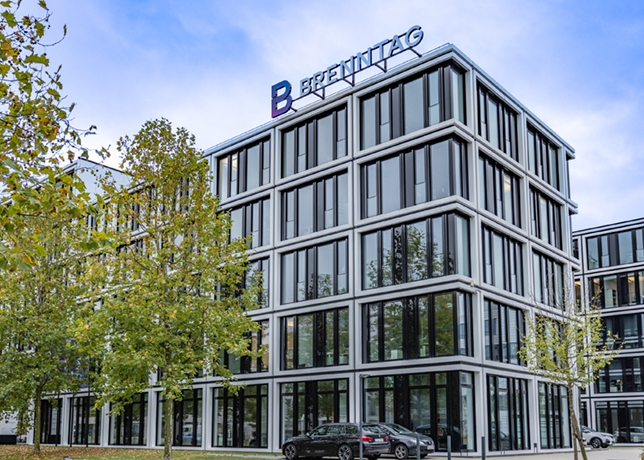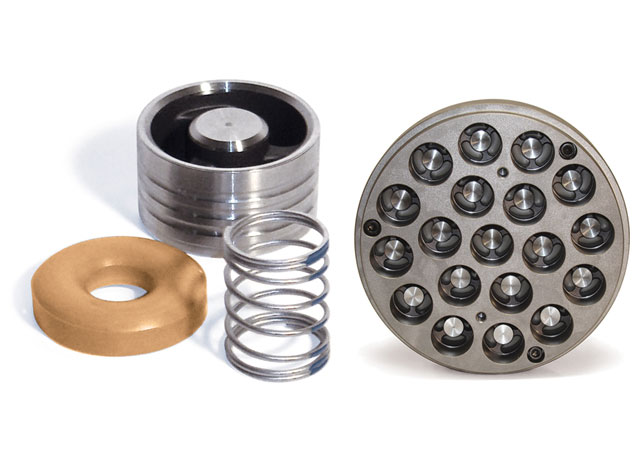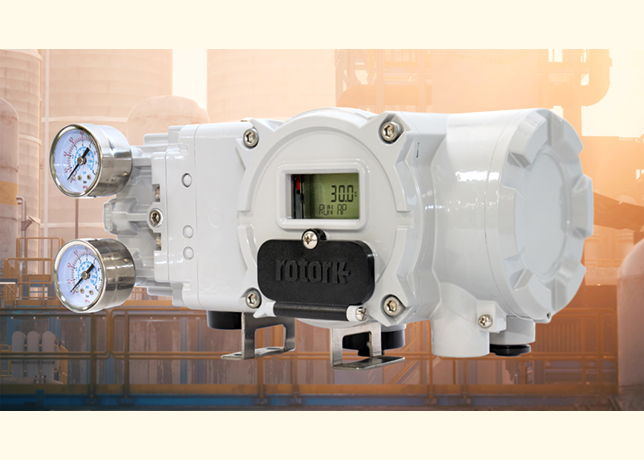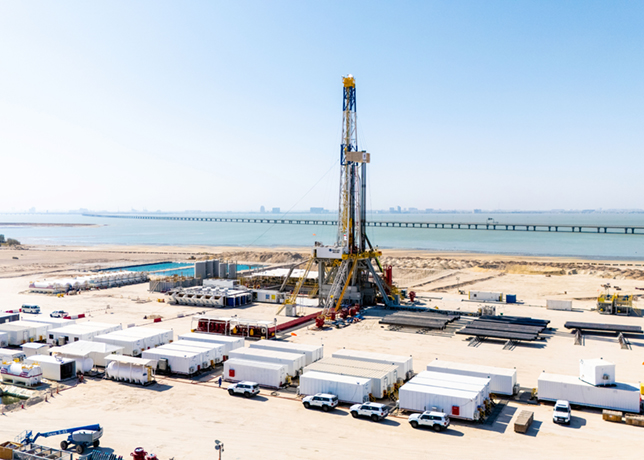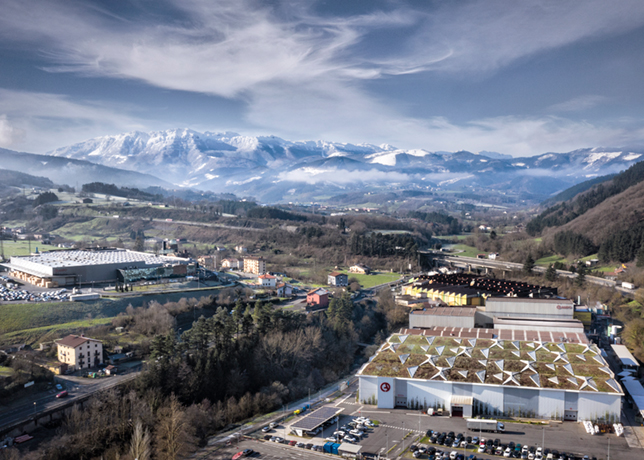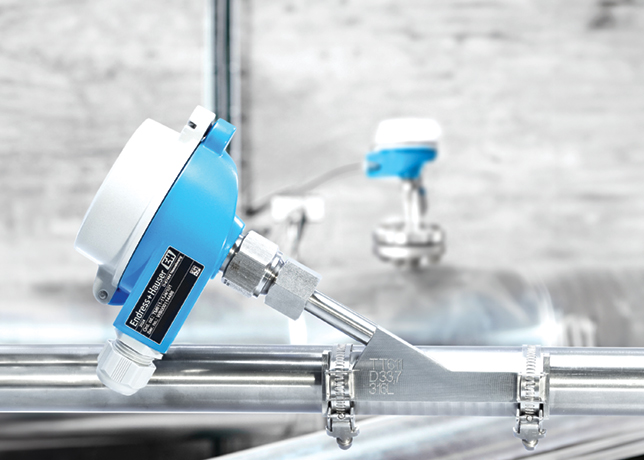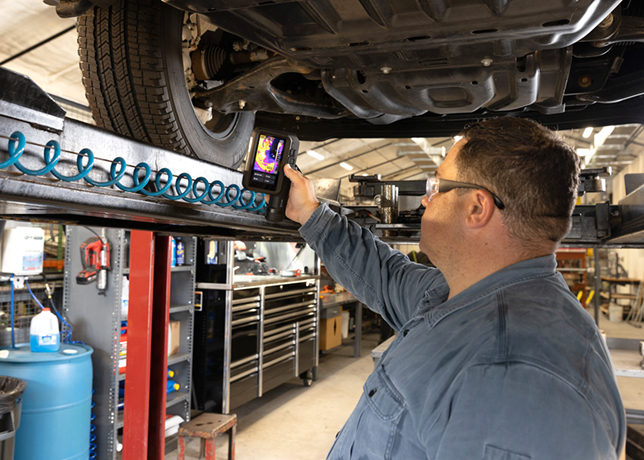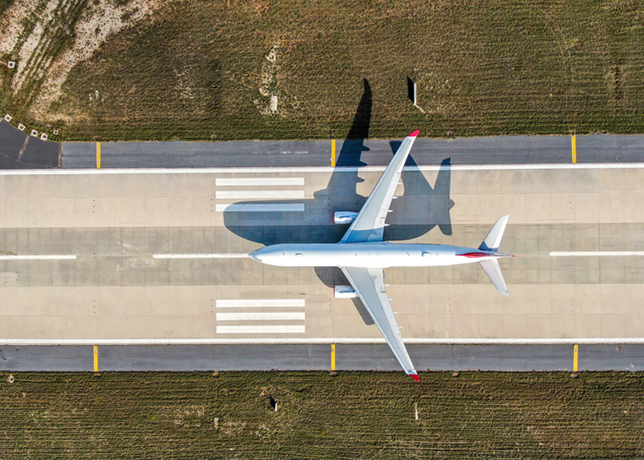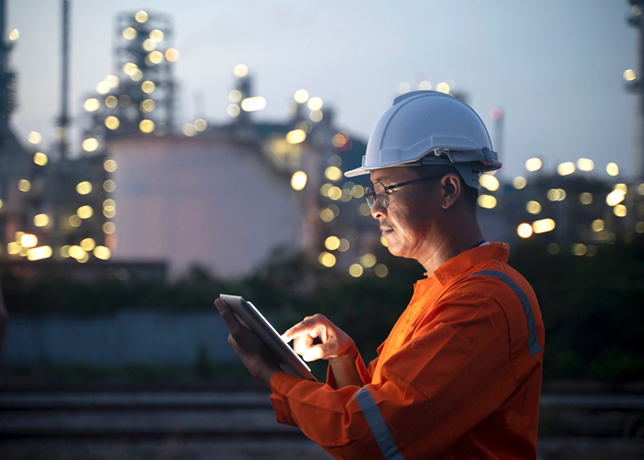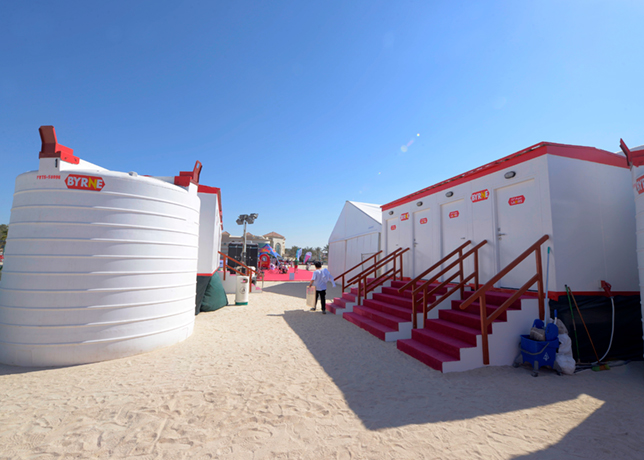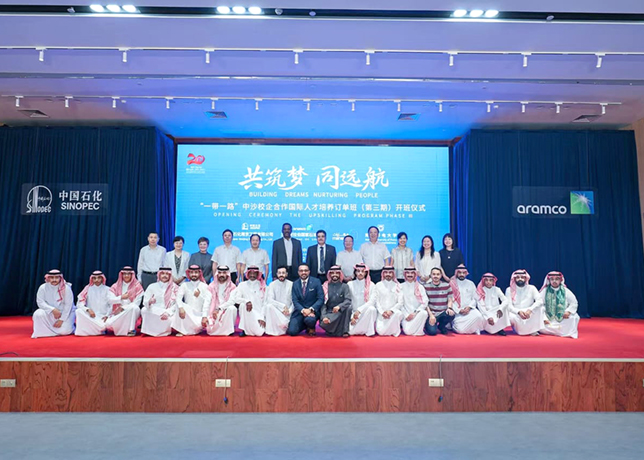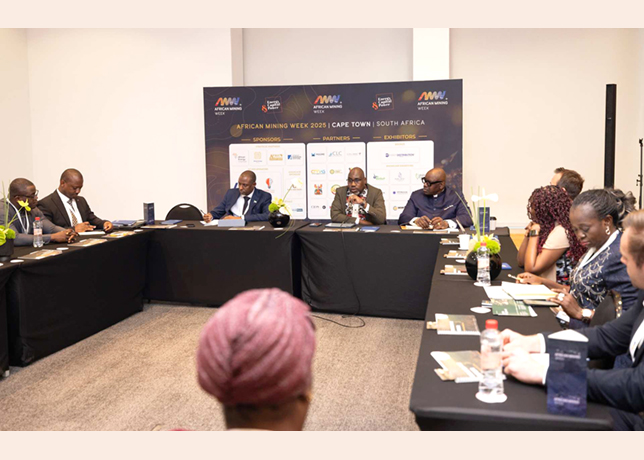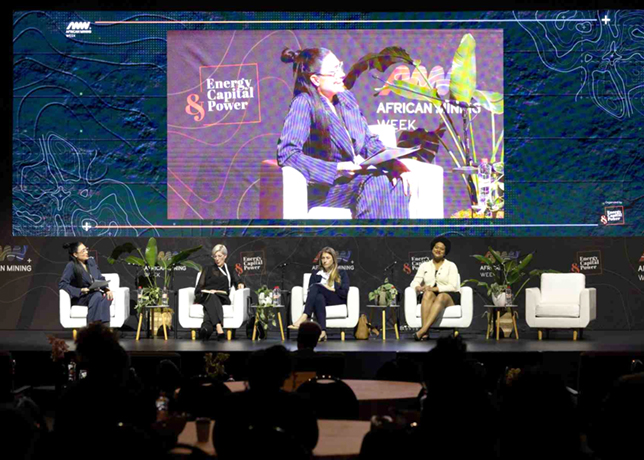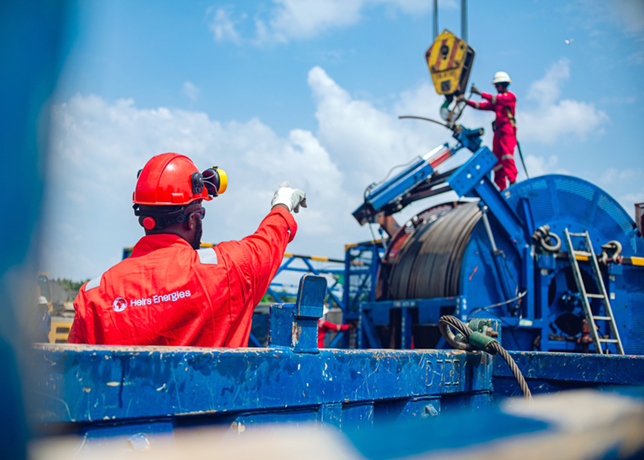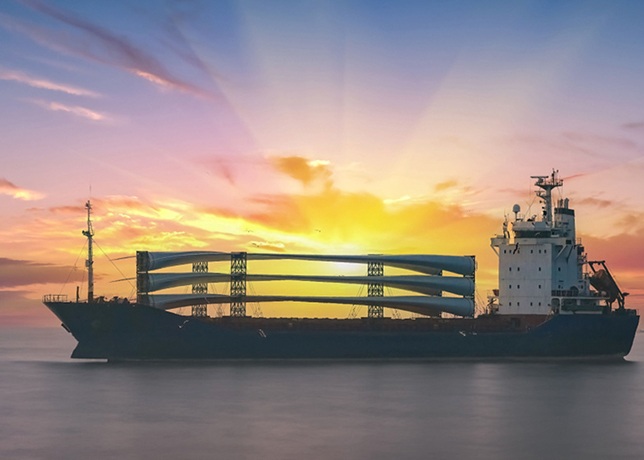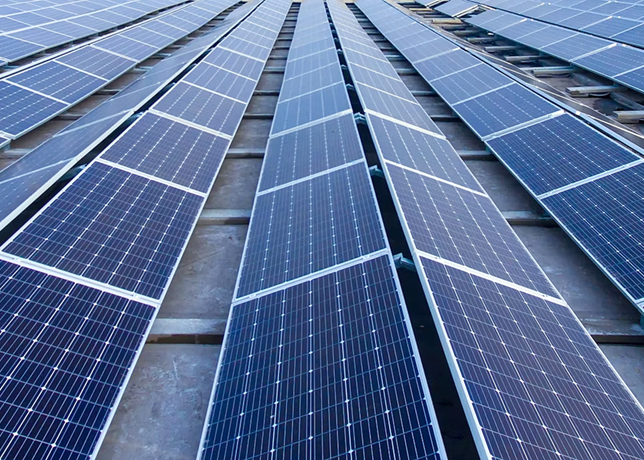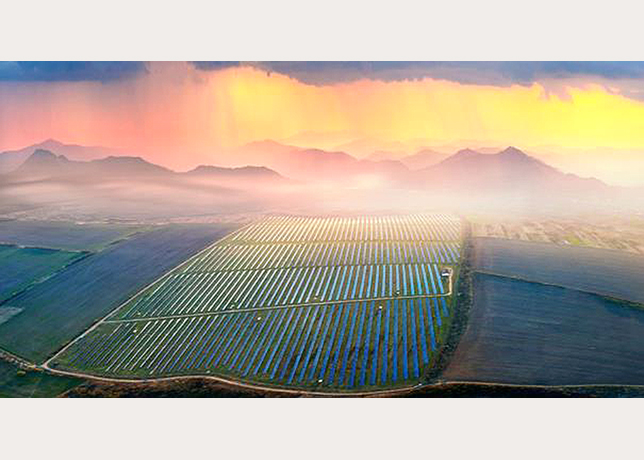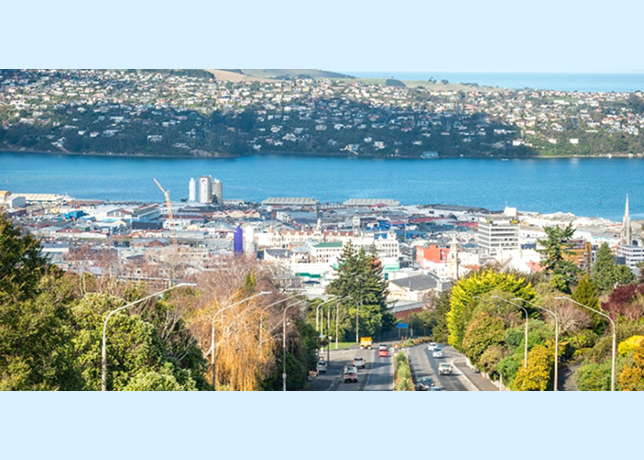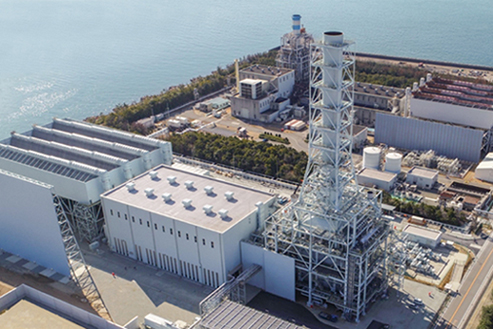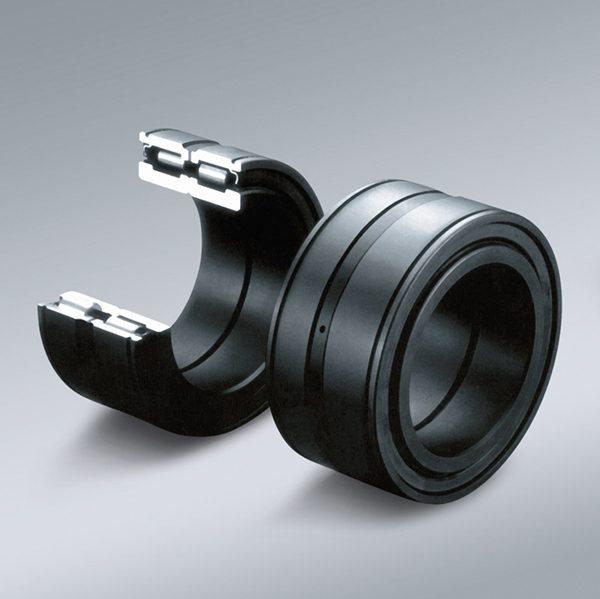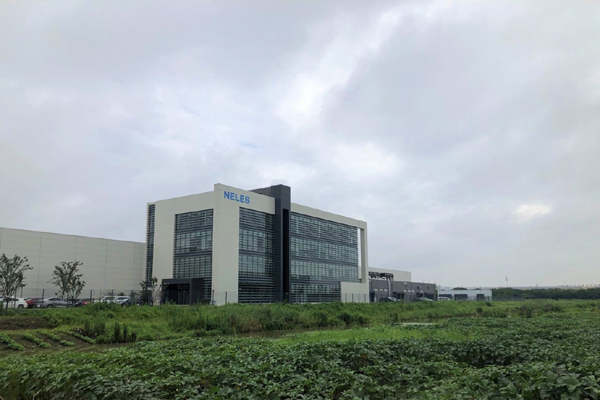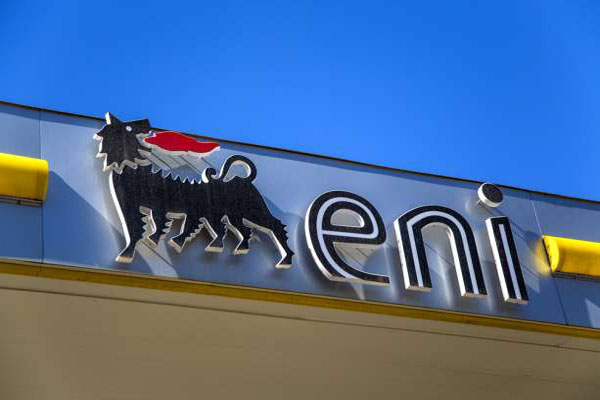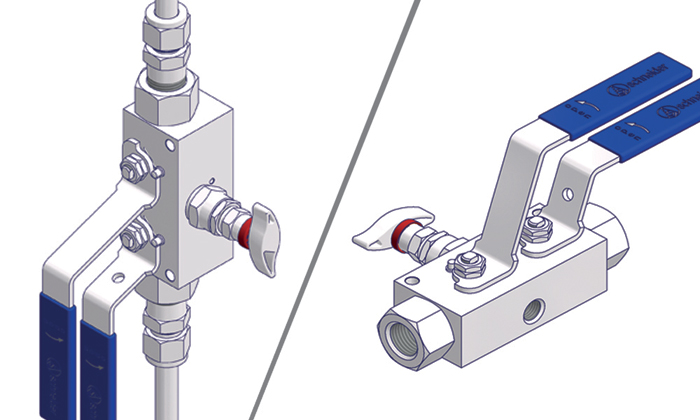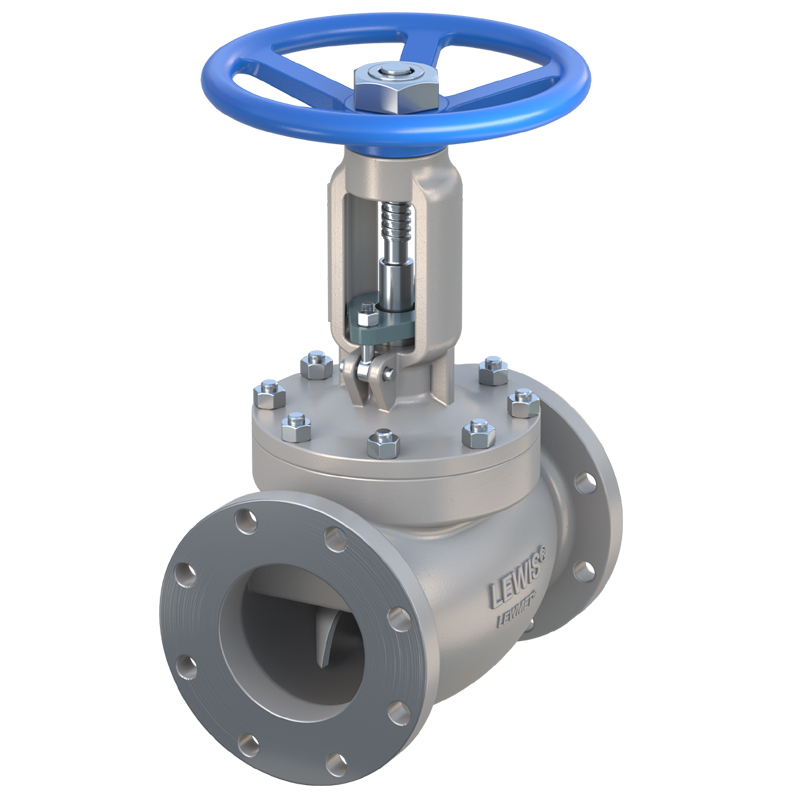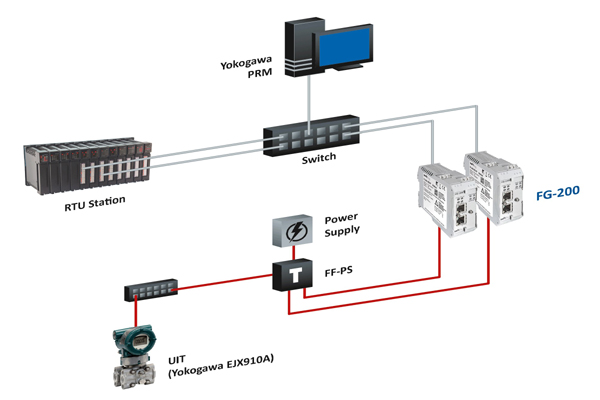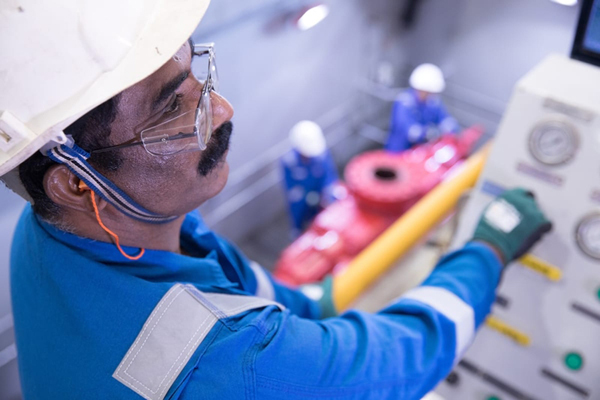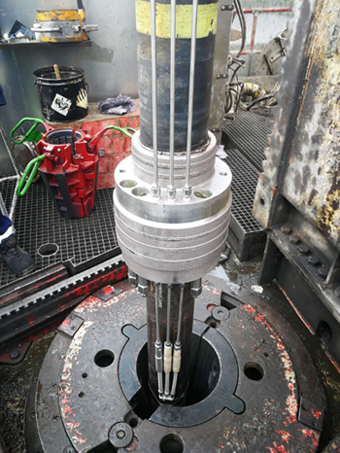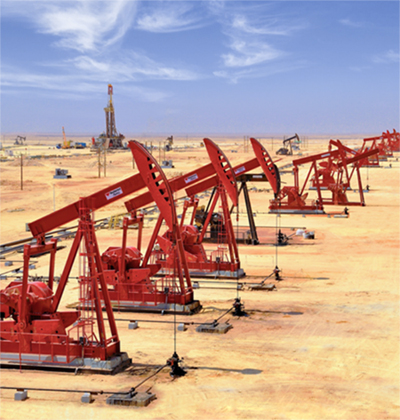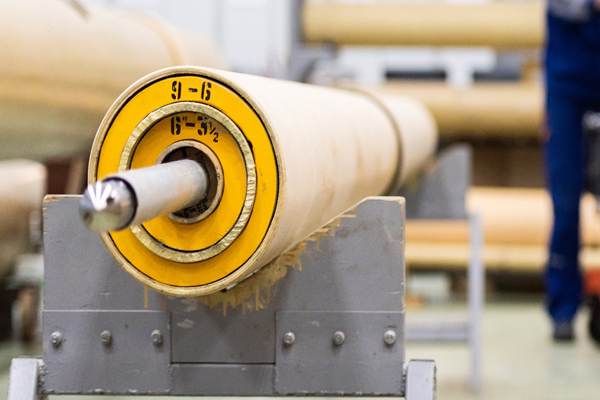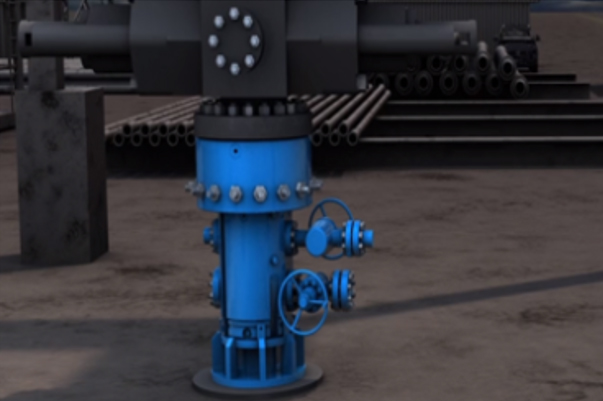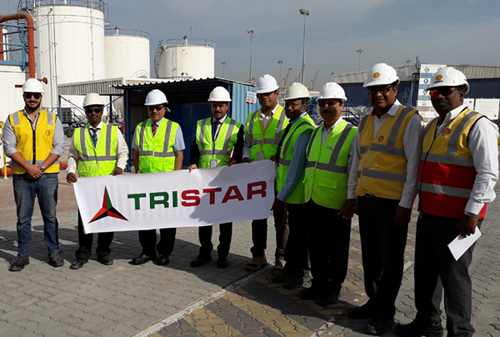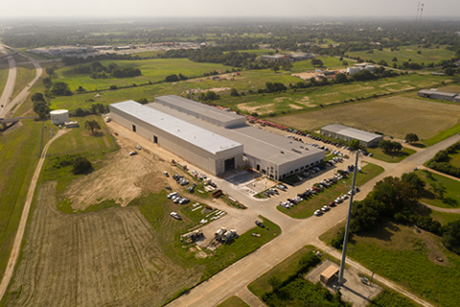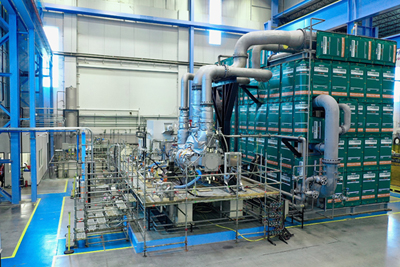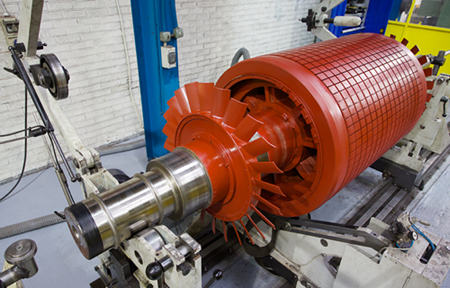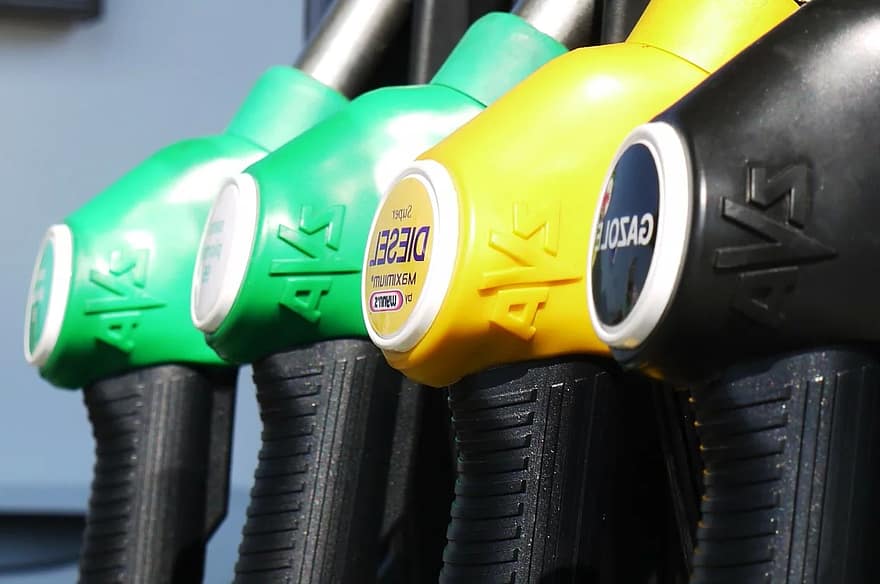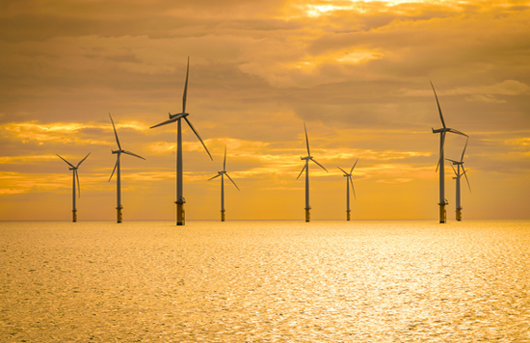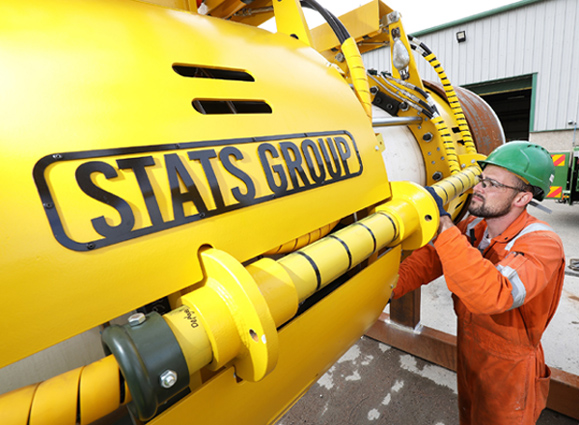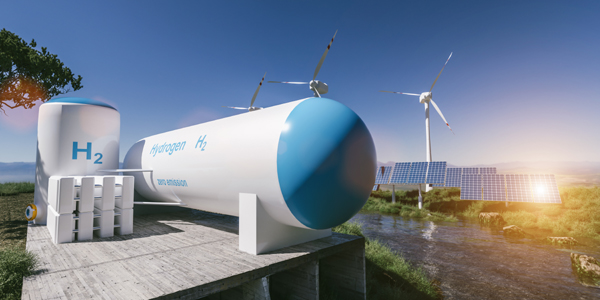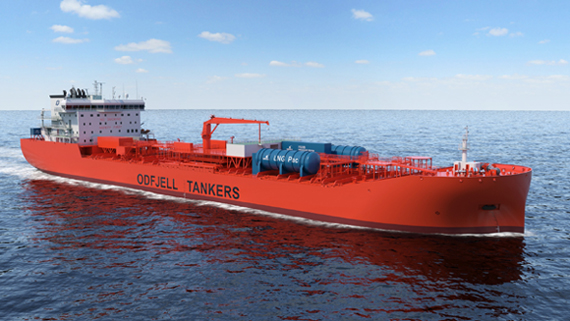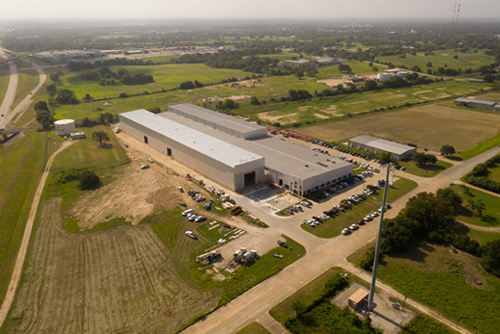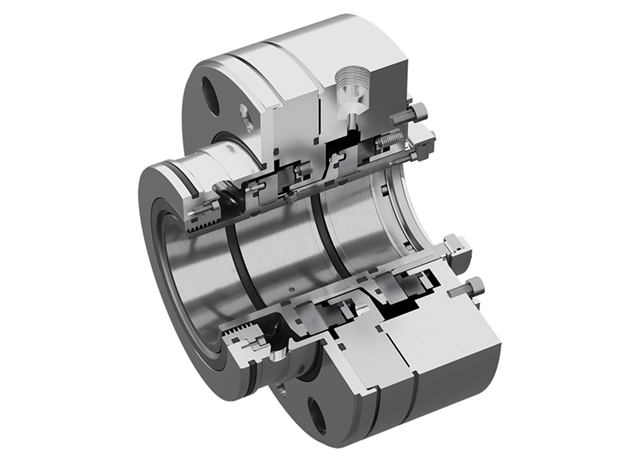
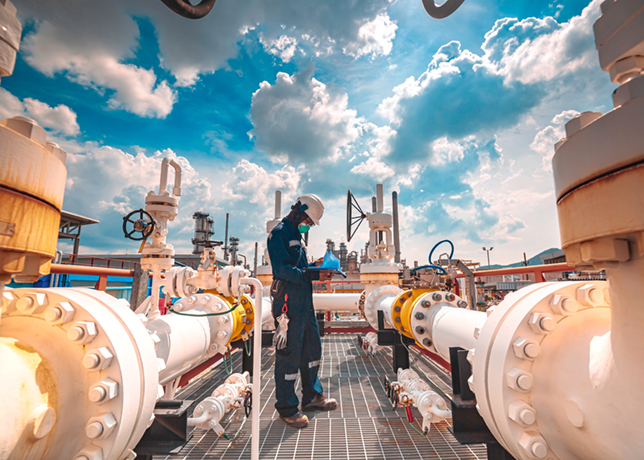 Pumps, valves and seals are critical assets determining performance, safety and profitability
Pumps, valves and seals are critical assets determining performance, safety and profitability
The global pumps, valves and seals market is in a decisive growth phase as infrastructure renewal, energy transition, and digitalisation redefine efficiency, reliability and sustainability across critical industries
In an era of infrastructure renewal and energy transition, the global market for pumps, valves and seals is entering a decisive growth phase.
Once regarded as behind-the-scenes components, these devices are now central to industrial strategy, shaping efficiency, reliability and sustainability outcomes across sectors.
From municipal water networks to hydrogen pipelines, demand is climbing. Water scarcity, decarbonisation mandates, rising energy costs and automation trends are converging to create unprecedented momentum.
For many operators, pumps, valves and seals are no longer commodities but critical assets determining performance, safety and profitability.
MARKET SIZE & REGIONAL SHIFTS
The combined global pumps and valves market is valued at approximately $144.3 billion in 2025 and is forecast to climb to $206.2 billion by 2034, reflecting a compound annual growth rate (CAGR) of 3.6 per cent, according to a report by Industry Research.
Within this, industrial valves represent $86.7 billion this year, with projections to surpass $250.8 billion by 2034 on the back of a robust 12.5 per cent CAGR.
Mechanical seals, often the weak link in pump reliability, are benefiting from renewed technological investment.
Their market is estimated at $3.9 billion in 2025, expanding at between 4 per cent and 6 per cent annually, depending on the forecast.
The aftermarket is becoming increasingly important. Maintenance, repair and replacement services for pumps and valves are projected to grow from $29.3 billion in 2021 to $35.5 billion in 2025.
Recent analysis suggests the services market already generates about $7 billion annually, underscoring its role as a steady revenue engine.
Demand patterns are also evolving. Water and wastewater treatment remains the dominant driver, accounting for more than 45 per cent of installations worldwide as global usage pushes past 4,000 billion cubic metres annually.
Oil and gas continues to represent a large share (30 per cent of pumps and 35 per cent of valves) but faces competition from chemicals, power generation and life sciences.
Hygienic and sanitary applications, tied to food and pharmaceutical production, are set to grow quickly, with some segments expected to expand at more than 10 per cent annually through 2029.
Regional shifts reflect broader economic forces. Asia-Pacific leads with about 35 per cent of global market share, followed by Europe at 30 per cent and North America at 28 per cent.
The Middle East and Africa together account for 7 per cent, driven mainly by oil, gas and desalination projects.
China and India continue to dominate in terms of scale, especially in irrigation and municipal water infrastructure, while Europe focuses on industrial modernisation. In North America, retrofits and service contracts are key growth levers.
TECHNOLOGY, COMPETITION & OPPORTUNITIES
The industry is being transformed by technology. By 2022, some 40 per cent of new installations were equipped with IoT sensors for predictive maintenance and real-time monitoring.
Operators report reductions in equipment failure rates of around 25 per cent and lifespan extensions of 15 per cent.
Digital twins and AI-driven analytics are enabling operators to simulate wear, leakage and flow conditions before problems occur, dramatically improving reliability.
Sealing technology is also moving forward. John Crane recently launched its Type 8628VL mechanical seal, designed for multiphase ethane and ethylene pipelines, employing spiral groove non-contacting technology for better efficiency and compliance.
Materials science is advancing rapidly, with graphene coatings, self-lubricating polymers and ceramic composites under development to increase longevity and cut maintenance costs.
The competitive landscape is consolidating at the top. The 10 largest manufacturers account for roughly half of global market share, with Sulzer and Flowserve leading.
In June, Flowserve announced a $19 billion merger with Chart Industries, creating a heavyweight in pumps, valves, seals and flow control systems.
The combined entity is expected to deliver about $300 million in cost synergies while accelerating the shift toward aftermarket services and digital solutions.
But challenges remain. Maintenance still consumes around 20 per cent of total ownership costs, while volatility in steel and alloy prices creates persistent margin pressure.
Mechanical seal failures account for nearly one in five pump breakdowns, while valve leaks drive about 15 per cent of operating losses.
In oil and gas, unplanned pump downtime can translate into hundreds of thousands of barrels lost each month.
Yet opportunities are abundant. Smart devices embedded with AI promise to cut operational costs by up to 30 per cent in large-scale plants.
Additive manufacturing is opening the way for customised, application-specific components delivered in shorter timeframes.
Energy transition markets, including hydrogen transport, wind power and electric vehicle cooling, demand advanced fluid-control solutions able to withstand extreme temperatures, pressures and chemistries.
The aftermarket represents another rich seam of growth. Retrofits, seal upgrades and long-term service contracts are reshaping business models, turning what was once a one-time sale into recurring revenue.
This shift aligns with operator priorities for reliability and sustainability, as industries look to extend asset life cycles while cutting emissions and water use.
What emerges is an industry in transition. Pumps, valves and seals are evolving from purely mechanical components into digitally connected, data-driven assets embedded in the world’s most critical infrastructure.
For manufacturers and operators alike, the next decade promises not only growth but a fundamental redefinition of the sector’s role in the global economy.



